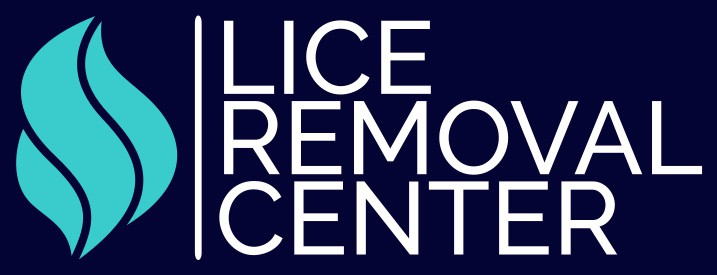The Itch Factor: Identifying Lice In Your Children
As parents, we always strive to keep our children healthy and safe. However, despite our best efforts, unwanted visitors like lice can make their way into our little one’s lives. Lice infestations are not uncommon among children, particularly in schools or daycare settings. Identifying lice at an early stage is crucial to prevent the problem from spreading further. In this article, we will explore some key tips to help you identify lice in your children, enabling you to take proactive measures to address the issue promptly.

Lice are tiny, wingless insects that thrive on the scalp and hair of humans. They feed on small amounts of blood from the scalp and reproduce rapidly. The most common types of lice that affect children are head lice. These parasites can cause intense itching and discomfort.
2. Pay Attention to Symptoms:
Persistent itching is the most common indicator of a lice infestation. Take note if your child frequently scratches their scalp, especially behind the ears or at the nape of the neck. Excessive itching can lead to irritability and difficulty sleeping, affecting your child’s overall well-being. Other symptoms may include the presence of small red bumps or sores on the scalp, neck, or shoulders.
3. Visual Inspection:
Performing a thorough visual inspection of your child’s scalp and hair is essential. With a fine-toothed comb, separate the hair into small sections and examine the scalp closely. Look for tiny, sesame seed-sized eggs (nits) attached to the hair shafts, usually near the scalp. Nits are typically yellowish-white or brownish in color and can be mistaken for dandruff or hair debris. Additionally, adult lice may be visible, although they move quickly and are difficult to spot.

4. Check for Lice Eggs:
Nits are often the first clue to detecting a lice infestation. Unlike dandruff or hair product residue, which can easily be brushed away, nits are firmly attached to the hair shaft and cannot be removed easily. They are usually found within 1/4 inch of the scalp. Carefully inspect the hair, paying close attention to these areas.
5. Seek Professional Assistance:
If you are unsure about your findings or suspect a lice infestation, it is advisable to consult a healthcare professional or a trained lice specialist. They can provide an accurate diagnosis and guide you through the appropriate treatment options. Remember, early detection is key to preventing the spread of lice to others.
Identifying lice in your children can be a challenging task, but being aware of the signs and symptoms will help you take prompt action. Regularly checking your child’s scalp, especially during periods when lice outbreaks are more prevalent, can significantly reduce the chances of a full-blown infestation. Remember to educate your child about the importance of personal hygiene and avoiding head-to-head contact with others. By staying vigilant and taking necessary precautions, you can effectively manage and prevent lice infestations, ensuring your child’s well-being and peace of mind.

